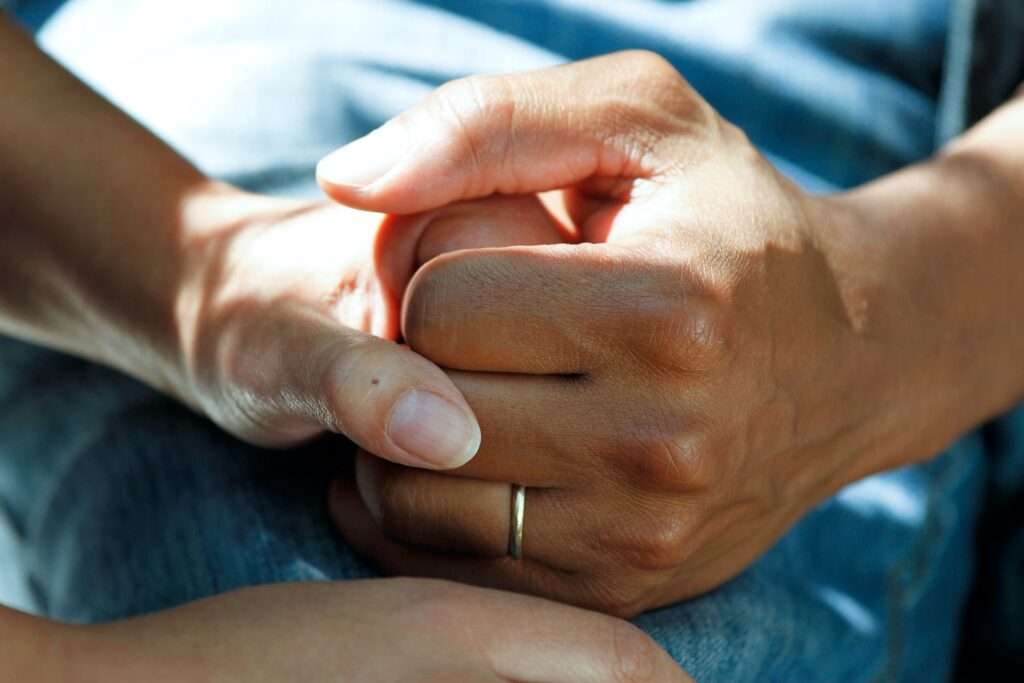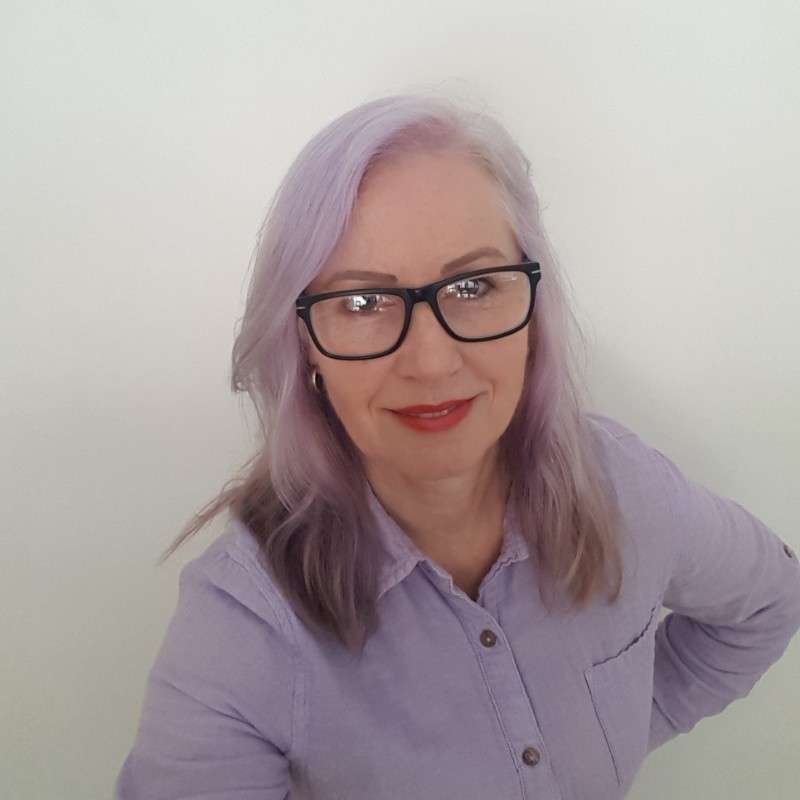Mórag Currin, Founder, International Director and Educator of Oncology Training International (OTI), pioneered the only Oncology Aesthetics® certification for salon/spa professionals to be inclusive of cancer and has set the standard in many countries since, including her home country of South Africa.
She is the author of “Oncology Esthetics: A Practitioner’s Guide” and “Health Challenged Skin: The Estheticians’ Desk Reference.”
Going beyond the world of aesthetics, Mórag also reaches those suffering from various health challenges through Equine Facilitated Wellness.
Wander: What was the impetus for your creation of oncology aesthetics?
Mórag: The salon/spa industry schools have been teaching (and some still do) that providing services to cancer survivors is contraindicated. Why? The myth is that “massaging a person with cancer will spread the cancer.”
This is mostly based on ignorance as in recent years there are hundreds of studies that clearly indicate that massage cannot spread cancer since it is a mutation in the DNA of the cell itself.
At the time, I was working at a laboratory that manufactures skin care products. Many, many estheticians used to call the lab and ask what ingredients and products could safely be used on people undergoing active chemotherapy or radiation therapy?
Is Oncology Training International™ (OTI) the only one of its kind in the industry?
Oncology Training International is the pioneer of Oncology Aesthetics. We started in 2007, and training began in 2008. Today, a few similar organizations exist, including Wellness for Cancer, which was started by one of my students using OTI material.

How did the spa and personal care industry tend to deal with clients who had cancer previously? Were they simply refused service/treatment?
Yes – or they ignored the fact the client had cancer and proceeded as usual.
Intuitive estheticians would have communicated with the cancer survivor and between the two of them, they would have discussed and possibly done safe modifications, but for the most part, many spas saw this as an added liability without exploring what modifications can be made.
Cancer survivors need estheticians more than ever; cancer treatment is invasive, so spa services should be non-invasive.
Cancer treatments can mess up a person emotionally and physically. If we are adequately trained, have empathy and care about the client, we need to communicate with them and modify their service so it is still highly beneficial but safe, even if it means temporarily modifying and only using gentle, short services.
When the person has completed treatment, and they start to recover emotionally and physically and as their body starts to regain its normality, then one can explore being more aggressive with spa services.
How many have been trained in Oncology Esthetics by OTI?
Approximately 11,000 to date.

What are the main barriers or concerns you hear from spas and salons around becoming trained in oncology aesthetics and offering services to people living with cancer?
Liability, mainly, or – and this may blow you away – estheticians will say they don’t want to work on sick people! Many people with cancer do not want to be defined by their diagnosis or disease. Many do not want to be called or considered ‘sick.’
What is important for our industry to learn is not to ‘lump’ cancer survivors into one group. Some cancer survivors might have surgery, and they are considered “cancer-free.” Others may have metastatic cancer but could live for another 30 years.
Some cancer survivors have slow-growing/non-aggressive cancers, so they require minimal monitoring and taking low-dose medications, therefore having fewer side effects. Others may have aggressive cancers requiring constant monitoring with aggressive treatment and many side effects.
Just because the client says “cancer,” the spa and estheticians should not just stop in their tracks but take the time to see where the client is before making a rash decision to say no.
Equine therapy is something we love to talk about here at Wander! Can you tell us a bit about Being Among Horses?
We find people instantly relax when they come to our farm. We have a nature trail (fairy trail for kids) where we have sit spots to be aware of sounds, a labyrinth, yoga and meditation areas, and with some groups, mental health professionals offering art therapy, movement, and equine therapy.


